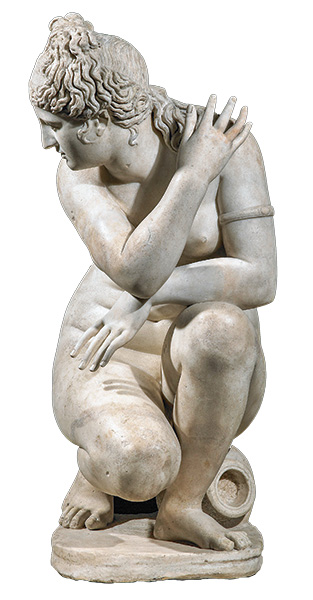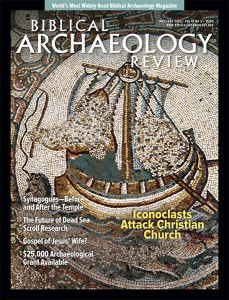
Believe it or not, BAR is occasionally censored for containing indecent material. The ancients did not have the same ideas of propriety as some moderns, and sometimes when we publish beautiful pieces of artwork, it is deemed illicit by Sunday school teachers, prison officials and others, thereby depriving some of our readers of their beloved BAR. For example, a prisoner was not able to receive either the November/December 2014 or January/February 2015 issues of BAR because of sexually explicit content. Does this censorship imply that our society is prudish, or that the ancients were licentious?
Defining Beauty: The Body in Ancient Greek Art, a new exhibit at the British Museum, addresses these very questions. There was a lot of nudity in Greek art, but depicting figures in the nude was more than just artistic preference. It was related to the ancient Greeks’ set of ideals.
The Greeks chose to represent their heroes in the nude. They viewed the human body as beautiful and full of meaning. Thus, they often depicted it in its natural state.
Other ancient peoples did not feel the same way. In Assyrian sculpture, for example, nudity was seen as shameful. Prisoners of war might be depicted in the nude, but never a king. Greek art represented a mythologized world—not necessarily a literal one—where the human body was often idealized.
Already a library member? Log in here.
Institution user? Log in with your IP address.

